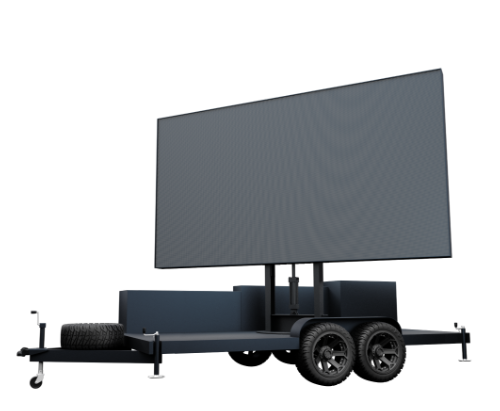Enhancing Aesthetic Effect Through Tactical Content Timing in LED Wall Performance
Wiki Article
Enhancing aesthetic impact during LED wall shows requires careful planning and strategic content scheduling. LED walls are powerful tools for visual storytelling, often used during musical events, gatherings, and displays. The efficacy of these screens relies not only only on the quality of the visuals but also on the manner and when they are shown. By understanding the audience's attention span and the flow of the event, organizers can create a more engaging experience that captivates viewers and enhances the overall show.
One crucial aspect of strategic visual timing is scheduling. It is vital to synchronize the images to the beat and tempo of the show. For instance, during a musical performance, visuals should complement the beat and mood of the music. This synchronization helps to create a unified encounter that pulls the viewers closer. Additionally, it is important to take into account the duration of each visual segment. Short, impactful segments can sustain viewer engagement, while longer visuals may be suitable for moments of contemplation or sentimental bonding. By altering the length and vigor of the visuals, event planners can maintain the audience engaged throughout the show.

Another crucial element is the content itself. The visuals displayed on the light-emitting diode screen should be pertinent to the concept of the performance. This relevance helps to strengthen the narrative being communicated and renders the encounter more memorable for the viewers. For instance, if the show is about ecological consciousness, using visuals that depict nature and wildlife can enhance the narrative. Furthermore, adding lively features, such as motion graphics or engaging visuals, can add excitement and keep the viewers' attention. The right content, presented at the right time, can significantly elevate the impact of the performance.
Audience engagement is also a crucial consideration in visual scheduling. Comprehending the characteristics and tastes of the viewers can inform the choice of images. For instance, a youthful crowd may react better to bright hues and quick motion graphics, while an mature audience might appreciate more subtle and sophisticated visuals. By tailoring the material to the viewers' preferences, event planners can craft a more tailored encounter that connects with spectators. Additionally, adding viewer involvement, such as real-time surveys or media engagements, can additionally improve engagement and make the performance more interactive.
Finally, evaluating the effectiveness of the content scheduling is essential for future shows. Gathering feedback from the audience can provide valuable insights into what worked successfully and what could be article source improved. This information can help organizers refine their strategies and take informed choices for upcoming events. By constantly evaluating and modifying the visual scheduling approach, event planners can amplify the aesthetic impact of LED wall performances and create unforgettable encounters for their viewers.